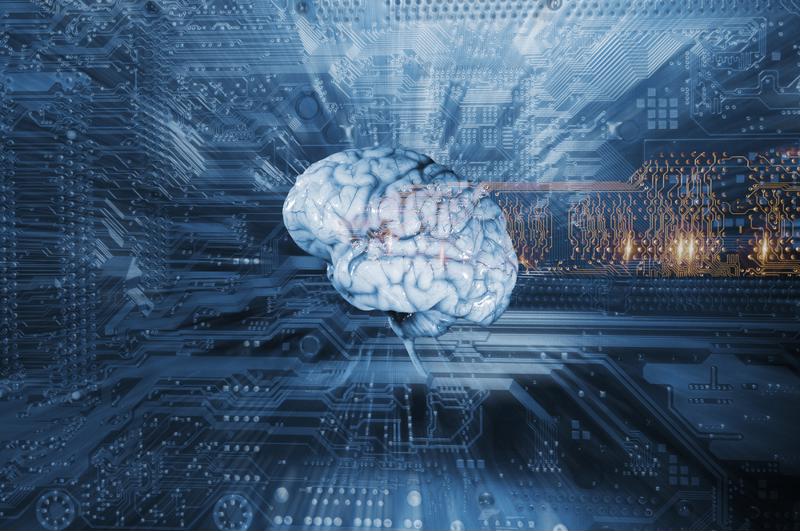What Green Grid's new metrics mean for data center cooling
What Green Grid's new metrics mean for data center cooling

Since 2007, Green Grid's power usage efficiency metric has been the metric concerning data center efficiency. There's certainly something to be said for its simplicity: PUE measures the amount of energy consumed by IT equipment (i.e., servers and switches) against the total amount of energy entering the facility. In theory, this is a useful way to track how much energy is being consumed by cooling, lighting and other facility overhead. But if PUE has a downfall, it's that the benchmark it uses is impossible to meet. Few if any data centers will ever achieve a PUE rating of 1, primarily because of the inescapable need to keep IT equipment running at safe temperatures.
Last summer, Green Grid created a new metric called performance indicator that seeks to measure how well a data center's cooling system maintains allowable temperatures. While PI does not do away with PUE, it adds new dimensions for measuring facility health by factoring in efficiency, but also performance and resiliency.
Here's how it works:
Bringing efficiency and reliability together
The classic conundrum associated with cooling efficiency is that resiliency may be lost if IT equipment runs at higher temperatures. For example, according to Data Center Knowledge Editor-in-chief Yevgeniy Sverdlik, allowing temperatures to rise has the benefit of considerably scaling back on facility energy consumption, but it may come at the cost of degrading IT equipment performance. Furthermore, in the event of a power outage or CRAC failure, IT equipment will be at a much higher risk of overheating since initial temperatures are relatively high.
To address this, Green Grid's new metrics can be thought of as a triad that includes the following:
- PUE ratio: How far a data center is from its desired PUE, as determined by Green Grid categories A-G
- IT thermal conformance: The percentage of IT equipment that is operating within ASHRAE's recommended temperature ranges
- IT thermal resilience: The percentage of IT equipment operating at ASHRAE-compliant temperatures after a redundant cooling system shuts down
In this way, the new data center metrics don't treat cooling as a necessary evil. Rather, they encourage efficiency, without necessarily prioritizing it over performance and resilience. The result is a merging of efficiency and reliability.

Having the right data is key
"The model can only work if the data about cooling performance is extremely accurate."
According to eWeek editor Chris Preimesberger, the new model will allow data center operators to more accurately visualize changes and the effects of those changes as they attempt to improve thermal performance. Taken a step further, this knowledge improves the accuracy of capacity planning. Rendering a more complete picture of the relationship between cooling efficiency and performance helps facility operators more precisely estimate how certain changes will impact data center health before implementation.
That said, the model can only work if the data about cooling performance is extremely accurate. Each facility will fall into one of four PI measurement levels. The first level requires that cooling measurements (i.e., temperature, airflow) are taken at three points in each rack. On the other end of the spectrum, level four demands "temperature readings from as many points on the data center floor as possible," according to Sverdlik.
"This is about making sure the model truly represents the state of the data center," he added.
To be perfectly clear, data center efficiency by no means takes a back seat in Green Grid's new model for cooling metrics. In the coming years, data center operators will continue to look for new ways to get the job done as efficiently as possible – and that's precisely the point of the new data center metrics. They provide a matrix that is capable of simultaneously measuring efficiency and performance without prioritizing one over the other.



